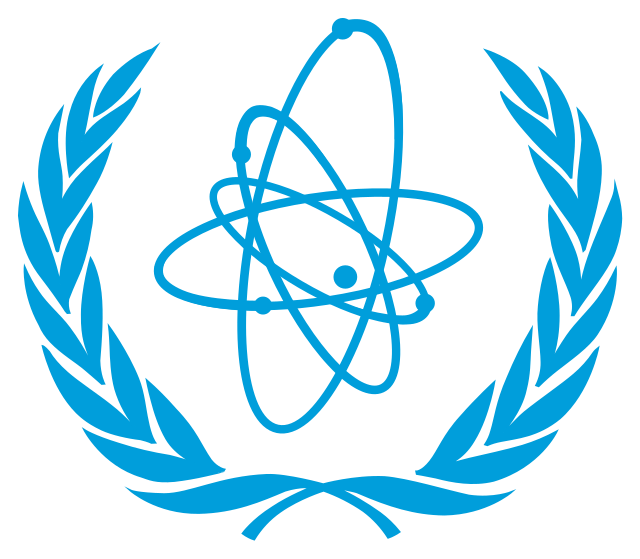
Nuclear Safeguards
International nuclear safeguards are technical measures used to verify that a country is in compliance with its legal obligations under the Treaty on the Non-Proliferation of Nuclear Weapons to use nuclear material and technology only for peaceful purposes. These measures are applied by the International Atomic Energy Agency (IAEA) on nuclear materials and facilities.
Understanding international safeguards and implementing safeguards by design concepts early on can help developers achieve cost and schedule benefits. The U.S. Department of Energy’s National Nuclear Security Administration (DOE/NNSA) is prepared to assist U.S. industry in understanding international safeguards obligations and can facilitate information exchanges and dialogue between vendors and the IAEA. To learn more about engaging with NNSA on the global deployment of U.S. civilian nuclear technology, visit the U.S. Nuclear Nexus’ website.

What are International Safeguards?
International nuclear safeguards are technical measures applied by the IAEA to verify that a country is in compliance with its international legal agreements and is not diverting nuclear material to weapons programs or pursuing undeclared nuclear activities.
The IAEA’s nuclear safeguards objectives are to deter proliferation through early detection of:
- The diversion of nuclear material from facilities;
- The undeclared production or processing of nuclear material; and
- Undeclared nuclear material or activities in the State as a whole
IAEA verification is based on information provided by States about their nuclear material inventories, facilities and nuclear-related capabilities, and access facilitated by States to their facilities and other locations. To achieve its objectives, the IAEA conducts inspections and applies technical measures, such as nuclear material accountancy; containment and surveillance; and unattended monitoring. Vendors and operators play an essential role in facilitating the implementation of these measures.
What is Safeguards by Design?
Safeguards by design (SBD) is a voluntary process to integrate features into a nuclear facility’s design to facilitate the application of IAEA safeguards.
By considering IAEA safeguards obligations early in the facility design development, the SBD process helps vendors avoid costly and time-consuming retrofits or design changes and prevents international safeguards obligations from unduly interfering with the smooth construction and operation of a facility.
SBD is an iterative process of dialog and information exchange among a designer, a State regulatory authority, a facility operator, and the IAEA. IAEA conducts design information verification and this continues throughout the lifecycle of the facility.
Safeguards by Design Process
| Requirements IAEA safeguards requirements are understood by designer | Conceptual Design The reactor designer, together with NNSA, initiates ongoing dialogue with IAEA on reactor design. |
| Basic Design IAEA and reactor designer consider ways to optimize the safeguards approach | Final Design Reactor design information is confidentially provided to IAEA |
| Construction IAEA conducts reactor design information verifications | Operations IAEA confirms safeguards equipment is functional and meets requirements |

How do U.S. Agencies Work with Developers to Address International Safeguards Obligations and Guidance?
The U.S. Nuclear Regulatory Commission (NRC) is responsible for providing the regulatory framework and requirements to license a facility in the U.S. NNSA is focused on advising industry on the international frameworks and considerations—including export controls, nuclear cooperation agreements, and the application of IAEA safeguards—to be best positioned to export their technologies.
The interactions between vendors and the NRC and DOE are separate but complementary. Most designers will refer to NRC guidance and engage NRC officials early in the design process with questions about domestic technology licensing and deployment. Similarly, engagement with NNSA focuses on helping reactor developers to prepare for deployment in international markets, which comes with additional requirements.
What Resources are Available for Vendors?
NNSA’s Office of Nonproliferation and Arms Control (NPAC) sponsors SBD projects that bring together NNSA experts with industry partners to evaluate how international safeguards obligations can be integrated better into the design process of new nuclear facilities. These projects also help facilitate dialogue between facility designers, national regulators and operators, and the IAEA.
